What Is A Snake Gourd Plant: Snake Gourd Info And Growing
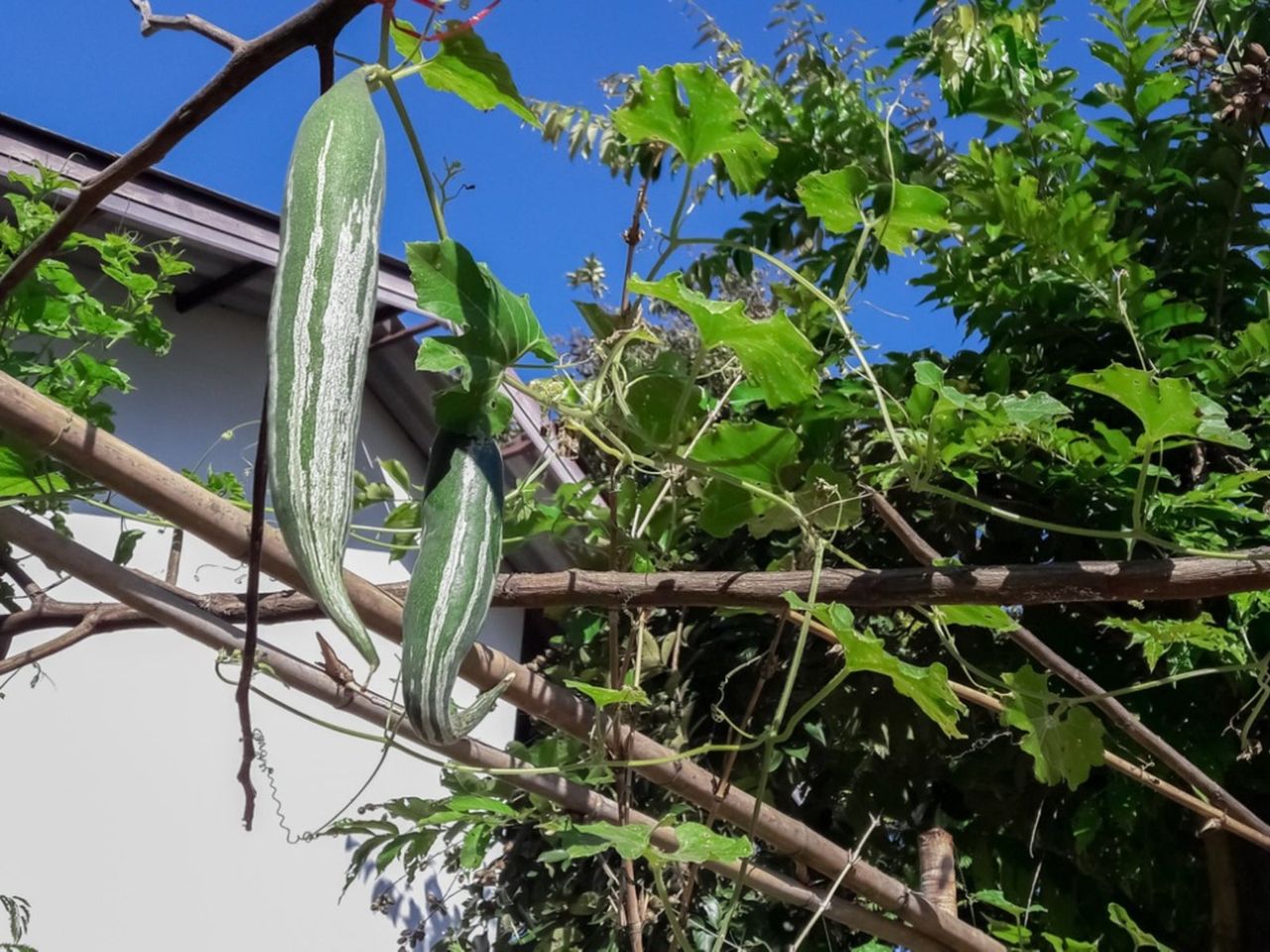
Looking eerily akin to dangling green serpents, snake gourds are not an item you will see available in the typical American supermarket. Related to Chinese bitter melons and a staple of many Asian cuisines, snake gourds are most likely found in an Asian market, or you may want to grow your own. What is a snake gourd and how do you care for a snake gourd plant? Read on to learn more.
What is a Snake Gourd?
As its name not so cunningly suggests, a snake gourd is a gourd available in two varieties in the United States. Ornamental snake gourds are long, hard-shelled gourds grown as a curio in the garden, while their counterparts are edible, wax-skinned gourds (Trichosanthes anguina or T. cucumerina) that taste much like a cucumber. Additional snake gourd info describes the interior of the striped, speckled fruit as being red, seeded, and slightly slimy. This cucurbit originates in the Asian tropics and is borne from a rapidly growing annual vine with fruit that can reach up to 6 feet (1.8 m.) in length! You may also find it referred to as snake squash or club gourd, and it is often pickled with a texture akin to zucchini when young. It can be used just like zucchini too -- stuffed, baked, pickled, stir-fried, and is delicious in all manner of curries and vegetarian dishes. Extremely popular in Indian dishes, it's no surprise that the snake gourd has found its way into ayurvedic medicine, often used as a cooling ingredient. Seeds of the snake gourd were sent to Europe from China in 1720. They have long been known to the American and European community, but were never cultivated since the plant needs warm nights to fruit. Today, there is renewed interest in its cultivation due to the rapidly increasing Indian communities in these areas of the globe. Pretty interesting stuff, yes? I am guessing at this juncture you may be wondering how to grow snake gourds.
How to Grow Snake Gourds
Snake gourds grow in tropical regions, so a similar climate is ideal for cultivating snake gourds. My neck of the woods, the Pacific Northwest, isn't a great place to grow this gourd. Luckily, we are rife with Asian markets and I can obtain them there. For those of you lucky enough to enjoy a warmer, drier environment, growing these gourds in the home garden is well worth the attempt. Apparently, the rule of thumb is that if you can grow lima beans in your area, you can grow snake gourds. First of all, snake gourds need a trellis or something that they can grow up -- an arbor or a chain-link fence. Make sure the structure is sturdy due to the weight of the large gourds. Obtain seeds online. A number of varieties are available including:
- ‘Extra Long Dancer'
- ‘White Glory'
- ‘Baby'
Study the description of each, as some are smaller versions that might be more suitable for your garden. Start the seeds indoors early after soaking overnight to increase germination time. Transplant outside much as you would bean plants in well-mixed organic matter and topsoil. Seeds can be saved for the following season but toss out any light-colored or white seeds. Keep and plant many more seeds than you think you may need, as the germination rate is only about 60 percent.
Snake Gourd Care and Harvest
Snake gourd care is similar to that of most other gourds. Prune the plant's lateral branches to increase fruit set and production. Some people tie a pebble or another weight to the flower end of the gourd to foster a straighter fruit, but this is just for aesthetics. There is no need to do so. Harvest snake gourds when young, around 40-50 days from planting. The long varietals may then be ready when only 16-18 inches (40.5-45.5 cm.), while the shorter cultivars will be around 6-8 inches (15-20.5 cm.) in length. Fully ripe fruit is quite inedible, orange, and mushy, although the red, jelly-like substance surrounding the seeds can be eaten much like a tomato sauce in recipes or used in ayurvedic medicine. Seeds are often used as fodder for livestock but are toxic to humans.
Gardening tips, videos, info and more delivered right to your inbox!
Sign up for the Gardening Know How newsletter today and receive a free download of our DIY eBook "Bring Your Garden Indoors: 13 DIY Projects For Fall And Winter".

Amy Grant has been gardening for 30 years and writing for 15. A professional chef and caterer, Amy's area of expertise is culinary gardening.
-
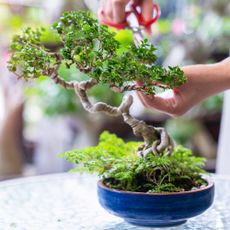 7 Best Bonsai Trees For Beginners: Easy Options That Are Simply Stunning
7 Best Bonsai Trees For Beginners: Easy Options That Are Simply StunningDiscover the easiest bonsai trees to grow that bring beauty and serenity to your space. Perfect for beginners ready to start their bonsai journey!
By Bonnie L. Grant
-
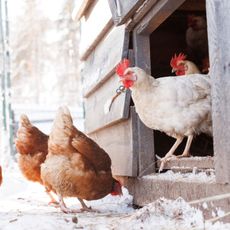 Winterizing Chicken Coop Pens And Boxes: 5 Steps To Keep Chickens Safe & Warm
Winterizing Chicken Coop Pens And Boxes: 5 Steps To Keep Chickens Safe & WarmWinterizing chicken coop pens and boxes is a crucial way to keep your chickens safe and warm in the cold season. Follow our five steps for happier, healthier chucks
By Bonnie L. Grant
-
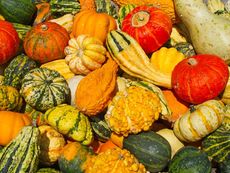 5 Ornamental Gourds To Try - Fascinating Gourd Varieties
5 Ornamental Gourds To Try - Fascinating Gourd VarietiesDid you know gourds were among the first plants cultivated by early humans? Here's our list of the five most fascinating gourds to grow.
By Laura Miller
-
 What Is A Fluted Pumpkin – Growing Nigerian Fluted Pumpkin Plants
What Is A Fluted Pumpkin – Growing Nigerian Fluted Pumpkin PlantsNigerian fluted pumpkins are consumed by 30 to 35 million people, but millions more have never even heard of them. Read on to learn about growing fluted pumpkins.
By Amy Grant
-
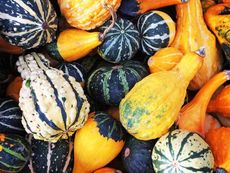 Using Decorative Gourds: Learn About Things To Do With Gourds
Using Decorative Gourds: Learn About Things To Do With GourdsIf you're looking for ideas to put together ornamental gourd displays, click here. There are lots of things to do with gourds in autumn.
By Teo Spengler
-
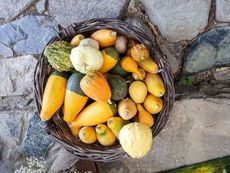 Are Gourds Edible: Learn About Eating Decorative Gourds
Are Gourds Edible: Learn About Eating Decorative GourdsFall signals gourds in every shape, size, and color. Related to squash and pumpkins, one may wonder, are gourds edible? Find out here.
By Bonnie L. Grant
-
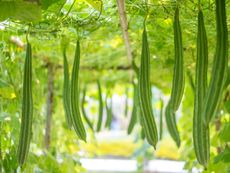 Luffa Pruning Tips: When Do Luffas Need Pruning
Luffa Pruning Tips: When Do Luffas Need PruningLuffa plants are also easy to grow, but do they need pruning? Pruning luffa vines isn't necessary but can help young plants. Learn more here.
By Bonnie L. Grant
-
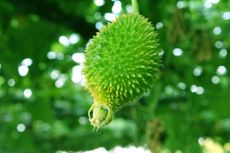 What Is A Hedgehog Gourd: How To Grow Teasel Gourd Plants
What Is A Hedgehog Gourd: How To Grow Teasel Gourd PlantsThere are a myriad of fruits and vegetables - many of which most of us have never heard. Amongst those lesser known are hedgehog gourd plants or teasel gourd. What is a hedgehog gourd? Click this article to learn more.
By Amy Grant
-
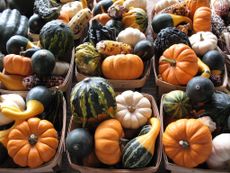 Growing Gourd Plants: Learn How To Grow Gourds
Growing Gourd Plants: Learn How To Grow GourdsGrowing gourd plants is a great way to add variety to the garden. There are many types to grow and just as many things you can do with them. Learn more about how to grow gourds in this article.
By Susan Patterson
-
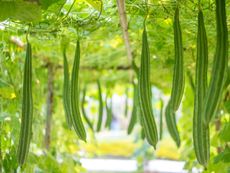 Luffa Plant Care: Information On Luffa Gourd Planting
Luffa Plant Care: Information On Luffa Gourd PlantingYou've likely heard of a luffa sponge and may even have one in the shower. But did you know you can also try your hand at growing luffa plants? Learn more about a luffa gourd and how to grow it in this article.
By Susan Patterson